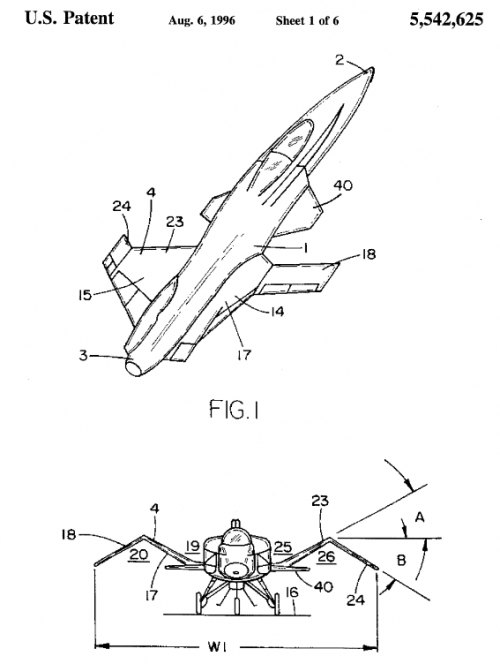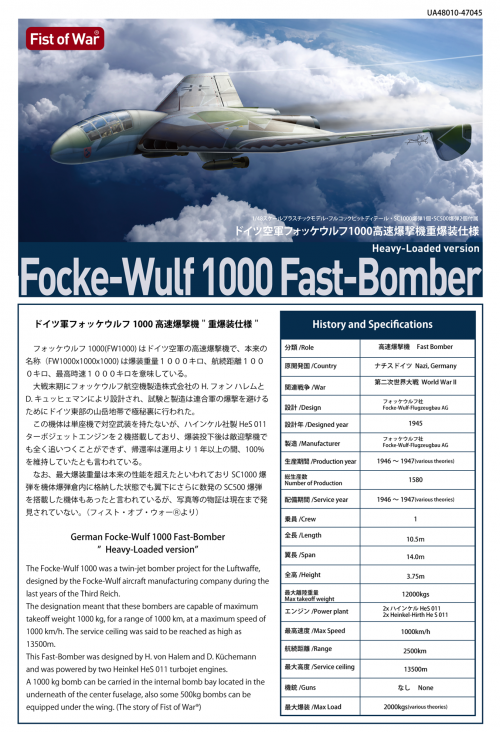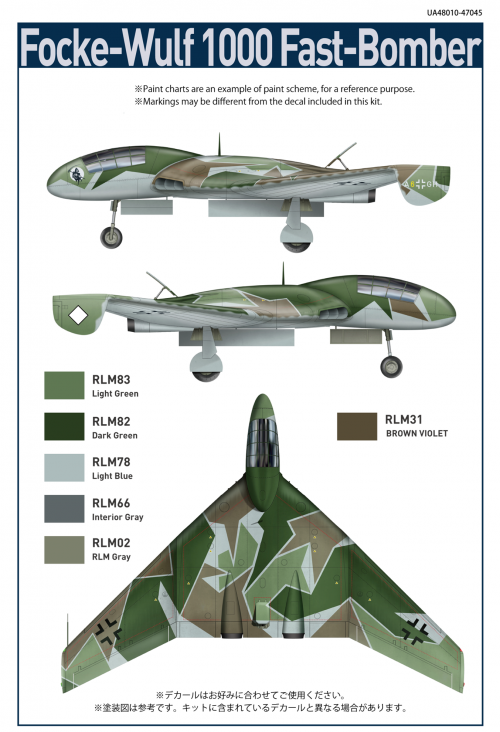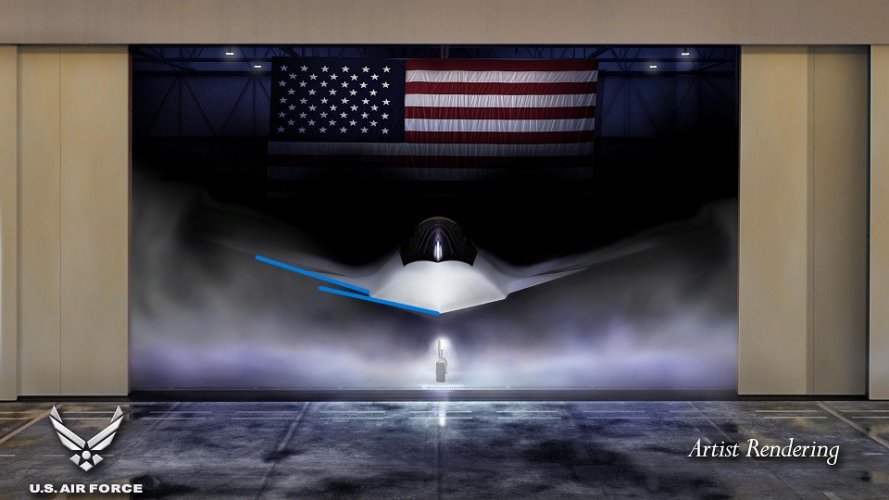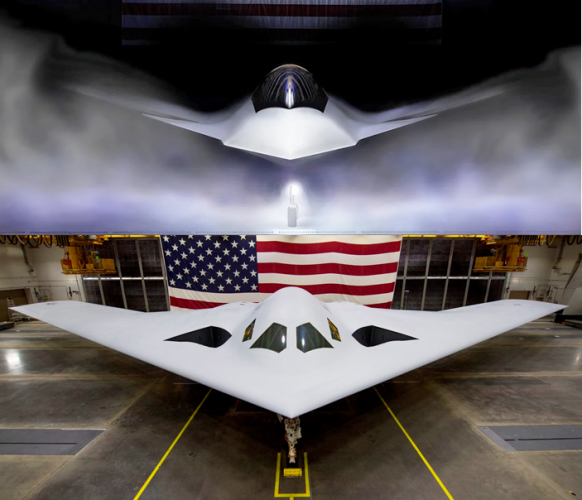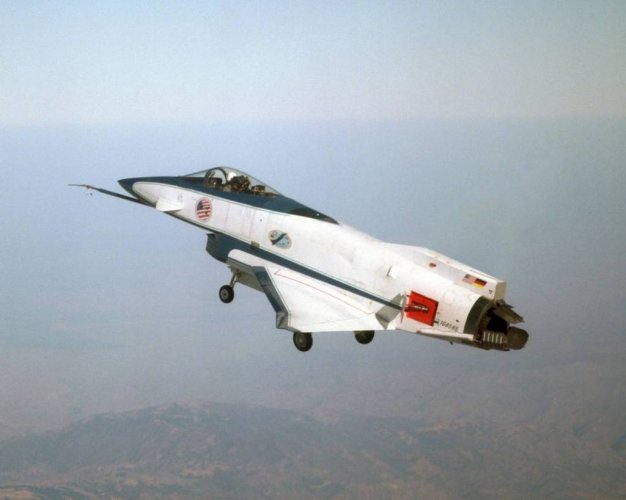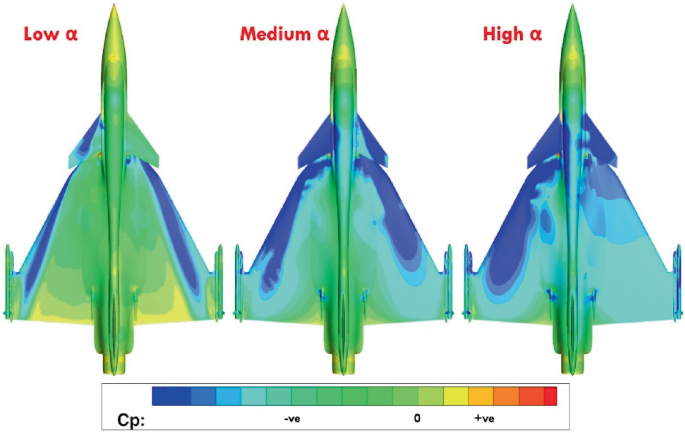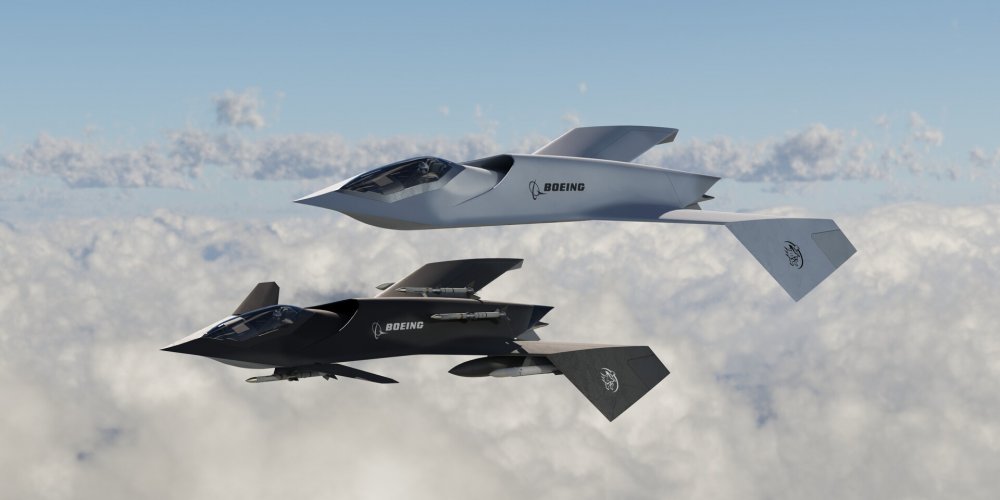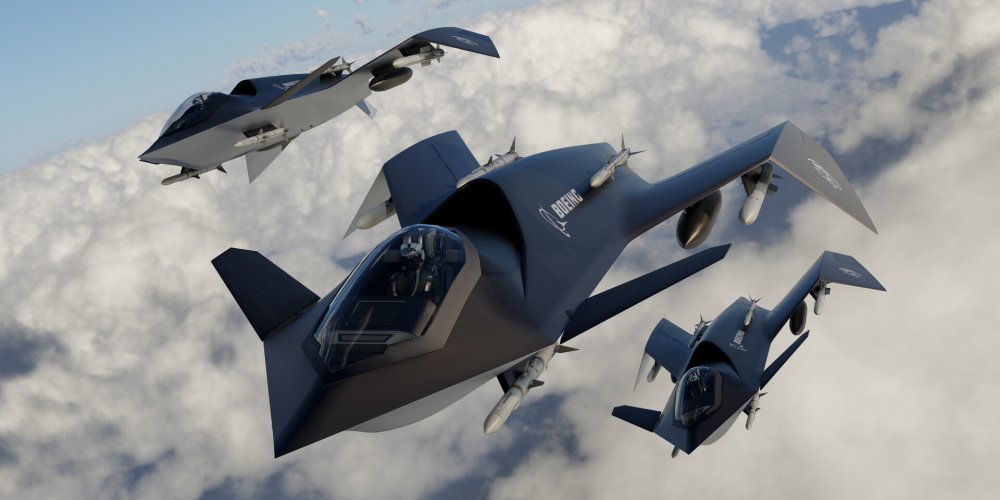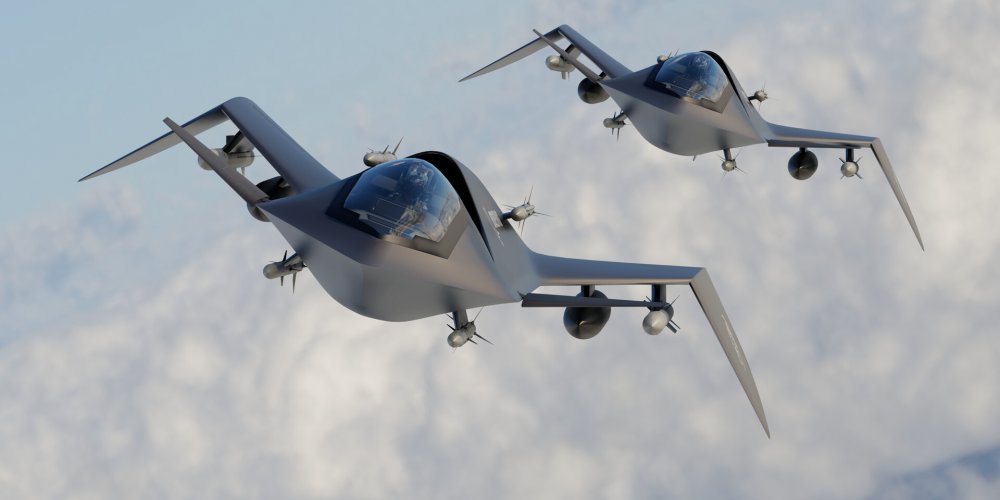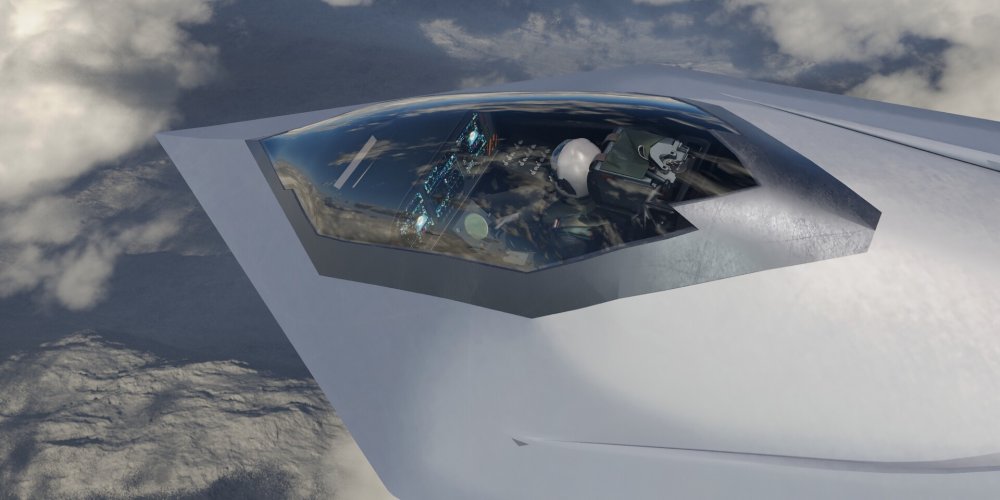[...] the stability problems proved to be more serious, and were found to be related to phenomenon known as
Dutch roll.
[46] While this tendency could be resolved by reducing the dihedral, however, as the He 162 was supposed to enter production within weeks, there was no time to implement major design changes. Instead, a number of small changes were made, such as the addition of
lead ballast in the nose to move the
centre of gravity towards the front of the aircraft while the tail surfaces were also slightly increased in size.[
citation needed] Despite these measures, some figures, such as
Alexander Lippisch, declared the flying characteristics of the He 162 to be unsuitable for inexperienced pilots.
[47]
The third and fourth prototypes, which used an "M" for "Muster" (model) number instead of "V" for "Versuchs" (experimental) number, as the He 162 M3 and M4, after being fitted with the strengthened wings, flew in mid-January 1945.
[48][49] These versions also included – as possibly the pioneering example of their use on a production-line, military jet aircraft – small, anhedraled
aluminium "drooped" wingtips, reportedly designed by
Alexander Lippisch and known in German as
Lippisch-Ohren ("Lippisch Ears"), in an attempt to cure the stability problems via effectively "decreasing" the main wing panels' marked three degree dihedral angle

